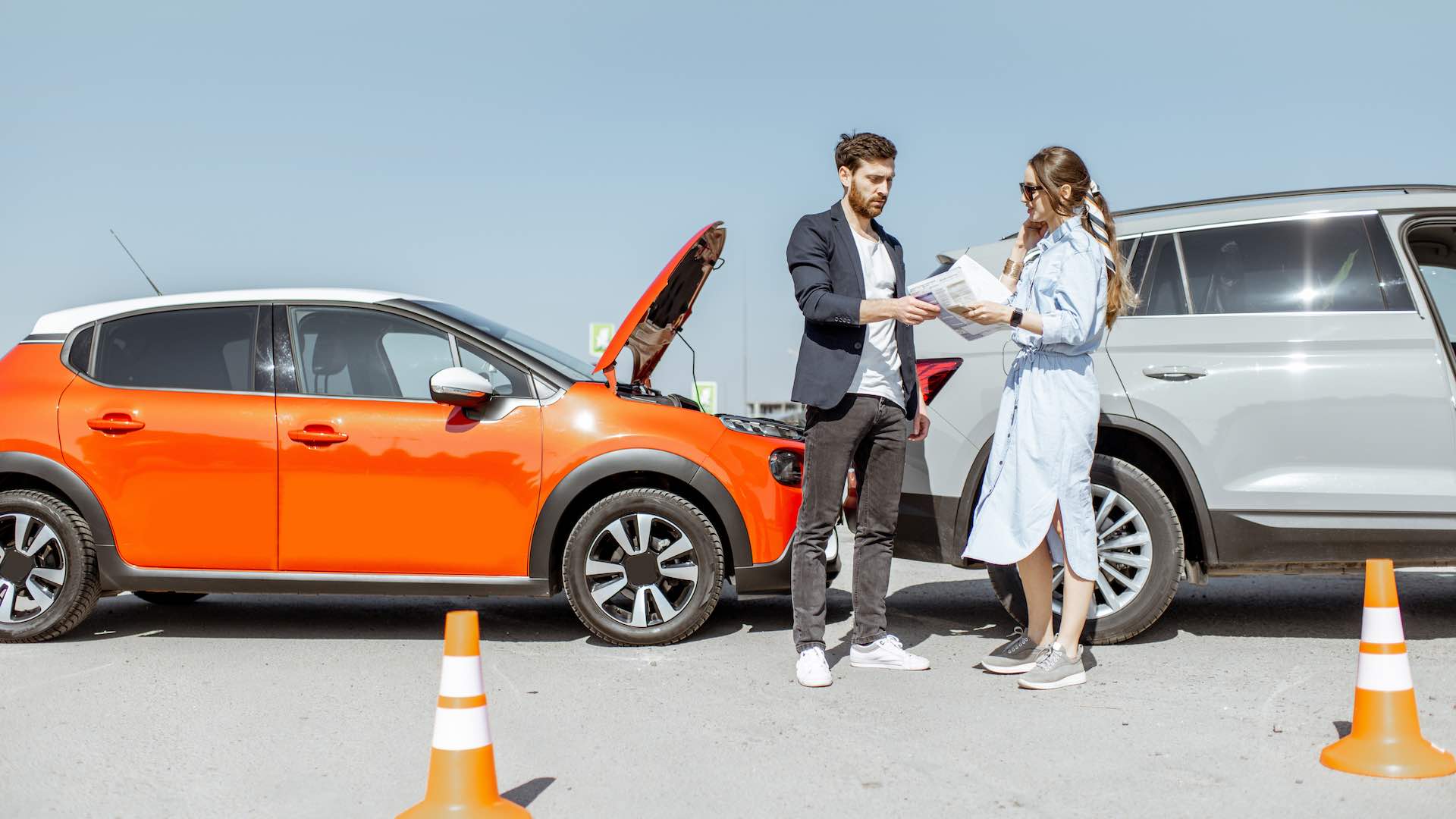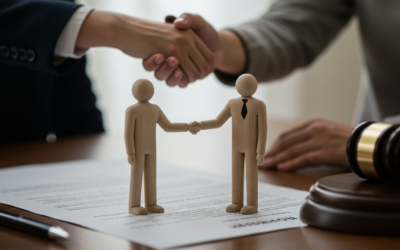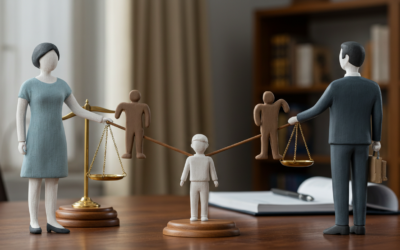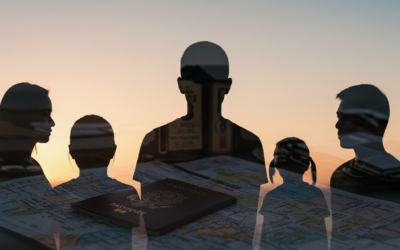It can be downright harrowing to be involved in a car accident. Many people feel overwhelmed, frightened, and unsure of what to do next. Injuries only make the situation more nerve-wracking, as you may not be sure whether you have sustained any severe damage. However, it’s crucial to remain calm and follow a few key steps in the immediate aftermath of an accident.
You might need to seek compensation for medical costs, property damage, or lost wages due to being unable to work after the accident. Following these steps will give you the best possible chance of achieving this goal.
Here are eight things you should do after a car accident:
1. Stop The Car And Get to Safety
The first step you should take after any car accident is to stop the car. Leaving the scene of an accident, even if you’re unsure about what happened or who is to blame, is illegal and can result in serious consequences. It’s not uncommon to freeze up at the moment and be unsure of how to proceed, but you mustn’t continue driving.
Depending on the accident’s severity, your car may or may not be in a condition to safely pull away. Try to at least get the vehicle to the side of the road to avoid further congestion and danger. If your car is totaled, turn on your hazard lights and wait for the police to arrive. You can get out of the car, but be careful not to stand too close to traffic.
2. Check On Yourself And Your Passengers
Once the adrenaline wears off, you may begin to experience injuries from the accident. Check for cuts, bruises, or other visible injuries on yourself and your passengers.
It’s possible to experience internal injuries without any visible signs, so if you feel any pain or discomfort at all, consider yourself injured until further examination. Note that smaller children sometimes cannot give a reliable assessment of their injuries, so if you have children in the car, check on them separately.
If you notice that you are injured in the accident, follow these steps:
- Apply pressure to cuts and abrasions with a clean cloth or bandage.
- If you suspect that you or your passengers have suffered a concussion, be sure to keep them awake and refrain from moving their heads until they can receive further treatment.
- If you are experiencing symptoms of shock, such as extreme weakness or dizziness, try to find a safe place to lie down and elevate your legs.
3. Call For Help
The next logical step is to call for help. The only number you need at this point is 9-1-1. Ask for an ambulance if you or your passengers are injured, and let the emergency responders know if you suspect that there may be a safety issue with the car (such as leaking gas or broken glass). If the injury doesn’t require emergency attention, you can still call the police to file a report.
Remember that emergency responders may take a while to reach you, so try to remain as calm and still as possible until they arrive. You might find yourself in the cold or in the dark, so it’s a good idea to make sure you have some extra layers and a flashlight on hand.
4. Check Your Surroundings For Witnesses
After you have called for help, try to gather as much information as possible from anyone who witnessed the accident. Get the names and contact information from anyone willing to provide it.
Then, ask them what they saw or heard leading up to the crash, if possible. This information will be very useful later on if you need to file an insurance claim or pursue legal action.
By taking the time to gather these details, you will be better equipped to hold the responsible party accountable for their actions. You may also take photos of the accident scene and any damage to your car.
5. Gather The Other Driver’s Information
Next, try to get the other driver’s contact information. That usually means getting their name, phone number, address, and insurance details. If it is safe for you to do so, get out of your car and approach the other vehicle to collect this information.
However, be wary of any drivers who appear to be under the influence or may become hostile. If you feel unsafe or uncomfortable, get to safety and wait for the police to arrive. If the other driver refuses to cooperate, do your best to get as many details from their car as possible. That way, even if they make a run for it, you can report their:
- License plate number
- Vehicle make and model
- Number of occupants in the vehicle
- Vehicle color
- Any damage that is visible on the car
- Physical description of the driver
6. Speak With Law Enforcement
Besides asking for basic information from the other driver, do not speak with anyone until you have spoken with law enforcement. Don’t apologize, admit fault, or otherwise engage in dialogue with anyone other than the police. We want to ensure that you cannot be held accountable for anything you say at this point.
If necessary, do your best to remain calm and polite. Remember that a little courtesy goes a long way, so even if you feel angry or frustrated, try to keep your temper in check. Once the police arrive, they will take over the situation and gather more information from both you and the other driver.
7. Get Your Testimony In Writing
The police will likely ask you to give a statement about what happened. It’s very important to be as detailed as possible, but even that may not be enough. We recommend keeping a written record of your account of the accident.
Not only will this help you to convey events more accurately and effectively, but it can also act as a valuable piece of evidence in case you need to file an insurance claim or pursue legal action against the other driver.
Continue writing about your injuries/experience after the accident, the steps you took to get proper medical care and treatment, and how the process was for you. A comprehensive record of how the accident impacted you and your family will help strengthen any claims you may have against the other driver. It can also be a valuable resource for those helping you through this difficult time, such as counselors or social workers.
8. Swiftly Contact An Attorney
Finally, we strongly recommend contacting a personal injury lawyer as soon as possible. A car accident lawyer can help you to understand your rights and legal options. We’ll guide you through the process of filing an insurance claim or a lawsuit and hold the other driver responsible for their actions.
Remember that the statute of limitations for a car accident in Wisconsin is only three years. Therefore, you must contact an attorney as soon as possible to ensure that your case can be successfully resolved. Even if your injuries show up weeks or months after the accident, be prepared to work with an attorney to ensure that you are fairly compensated for your losses.
Trust The Lawyers At Vanden Heuvel & Dineen, S.C.
Not everybody is well-versed in the legal nuances of auto accidents, and an attorney can help ensure you receive all of the compensation you deserve. Whether you need financial support for your medical expenses or emotional counseling to cope with any trauma, we’ll fight for your rights every step of the way.
Contact Vanden Heuvel & Dineen, S.C. today to schedule a free initial consultation and discuss your case with a skilled car accident lawyer.




